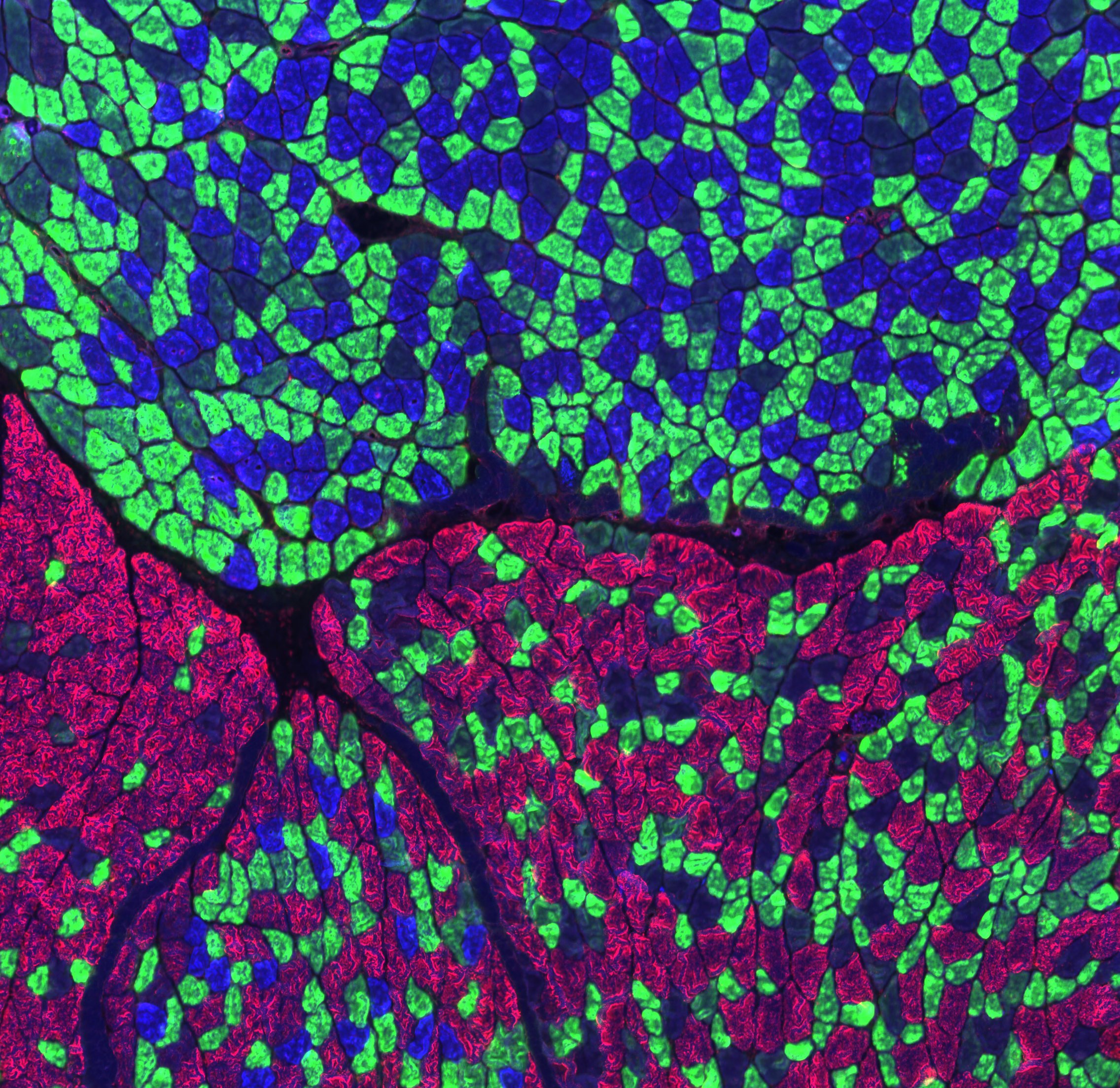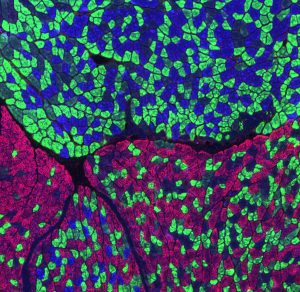
This is what we published about a year ago:

Good news or bad news for sport?
A group of scientists, working at the Salk Institute for Biological Studies have published a study purporting to show “ how to fully activate a gene pathway with a chemical compound, mimicking the beneficial effects of exercise, including increased fat burning and stamina.”
Developing endurance “traditional way” i.e. through physical training, means being able to sustain an aerobic activity for longer periods of time. As people become more fit, their muscles shift from burning carbohydrates to burning fat.
“It’s well known that people can improve their aerobic endurance through training,” says senior author Ronald Evans, Howard Hughes Medical Institute investigator and holder of Salk’s March of Dimes Chair in Molecular and Developmental Biology. “The question for us was: how does endurance work? And if we really understand the science, can we replace training with a drug?”
So, the researchers gave the drug they developed to a “ sedentary mice”. Effect? “Mice in the control group could run about 160 minutes before exhaustion. Mice on the drug, however, could run about 270 minutes—about 70 percent longer”
In other words, “Exercise-in-a-pill” is here – almost. What would WADA say?
Source: Salk Institute
Full story here http://www.cell.com/cell-metabolism/fulltext/S1550-4131(17)30211-5
Update:
As it turns out, the version of magic pill described above called GW501516 or simply “516” ( Endurobol) has been on the market for a while now – at the cool $1,000 per ten grams. Sadly, 516 was banned by WADA already in 2009 – and as late as last month a Mexican triathlete was caught using it. Boo!
But for the rest of us, not in the ADAMS base and not planning to run in the World Cup and such, the aforementioned hormone and metabolic modulator might be just what the doctor ordered. Just make sure you find that right doctor
Photo credit: Salk Institute/Waitt Center
Related Posts
- How Much Anti-Doping Efforts Cost? Now We Know
- Doping Control For Elite Skiers – How It Works
- Master of nebulas and galaxies: Francesco De Fabiani and his astrophotography
- Let’s talk about Zihi. Because their motto is Best training plan is one you can do – and we dig that attitude
- You know who won in Ruka today. Now meet their significant others
